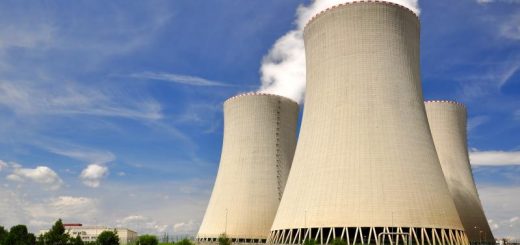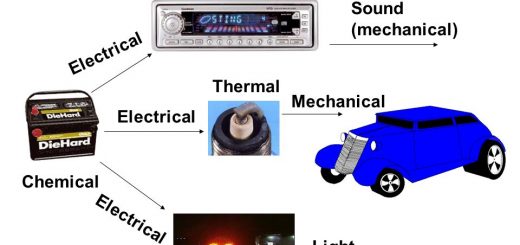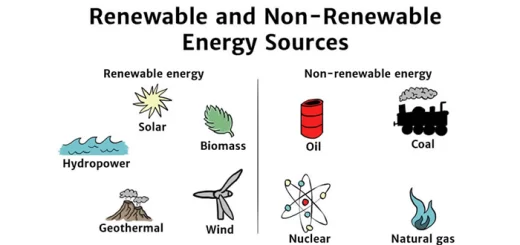Importance of heating in Agriculture, Horticulture and the greenhouse
Some seeds can germinate quicker and healthier when supplied with warm soil that obtained through the bottom heat source, For seed germination, The ideal temperatures should range from 65 to 80˚F, So, applying bottom heat can help alleviate potential problems brought on by colder conditions.
Importance of heating in Agriculture and Horticulture
You can buy heat mats from the garden centers or the nurseries, The best options are ones that come with a thermostat that allows you to maintain your heat settings which can vary depending on seed type, Some seeds may need temperatures in the higher 50s while others thrive in the temperatures ranging in the 80s.
If you don’t want to dig into your wallet, You can take a plastic cooler, You can place a string of Christmas lights at the bottom, You can put a pan on top of the lights to keep away moisture, then you can place the seed containers on top of the pan.
Warmth can help your seeds germinate quicker and stronger, You must remember to remove them from the bottom heat once they have sprouted, You should avoid too much warmth after sprouting that can cause your tiny plants to become leggy and weak.
The agricultural and horticultural sectors encompass a wide range of activities such as poultry farming, dairy farming, crop growing, and storage, There are several common areas where the energy is wasted.
The lighting, heating, ventilation, air circulation, and refrigeration equipment are the greatest energy consumers and they are areas that offer the most significant savings.
The energy use proportions vary according to the business type and the activity or the process being carried out, in Horticulture, Heating is 90% of the energy used in the greenhouse.
The energy use is in the maintenance of good environmental conditions for housing the stock in Poultry farming, The energy use is split into water heating, cooling, and general power for lighting and pumping in Dairy.
The energy used in the crop stores is related to insulation thickness and the difference between the storage temperatures and the external air temperature, in combinable crops.
Greenhouse Heating
Heating is the main concern to commercial greenhouse producers because of the costs involved in the purchase and operation of heating equipment.
Although solar energy represents an important factor in greenhouse heating, supplemental systems are a necessity for year-round production, coal, oil, and gas are the most popular forms of energy that are used for greenhouse heating.
The gas burns efficiently but all forms must be vented to avoid the toxic fumes, Many types of gas heaters have been designed for use in the greenhouses, When selecting this type of heating equipment, It is important to consider the fuel and the cost factors.
The heat from the gas units can be distributed in many different ways, The most popular method used is through polyethylene (PE) vent tubes, These PE tubes are attached to the heater and they are inflated when the blower fan is turned on.
The heat can be forced through the tube and is distributed into the house from the holes perforated in the PE, where these systems may be used in combination with ventilation and circulation equipment.
The arrangement of PE tubes in the greenhouse influences the efficiency and the plant growth, When the tubes are hung overhead, The heat is moved out of the plant zone and into the upper portion of the structure.
When the tubes are placed under the benches, The efficiency is improved and the heat is maintained in the appropriate area for optimum plant growth, It requires floor-mount heating systems or ducts that move the heat from overhead units to the under bench tubes.
There are many types of thermostats and environmental controllers which are available for commercial greenhouse production, Sensing devices should be placed at the plant level in the greenhouse, The thermostats hung at eye level are easy to read.
The thermostats in the direct rays of the sun to avoid poor readings, It is necessary to use a small fan to pull the air over the thermostat to get appropriate values, and it is important to have an appropriate number of sensors throughout the production area.
Applications of Artificial intelligence in agriculture, Agricultural robots, Drones & Plantix app
Automatic milking or Robotic milking advantages and disadvantages
Artificial Intelligence in Agriculture advantages, disadvantages & uses













